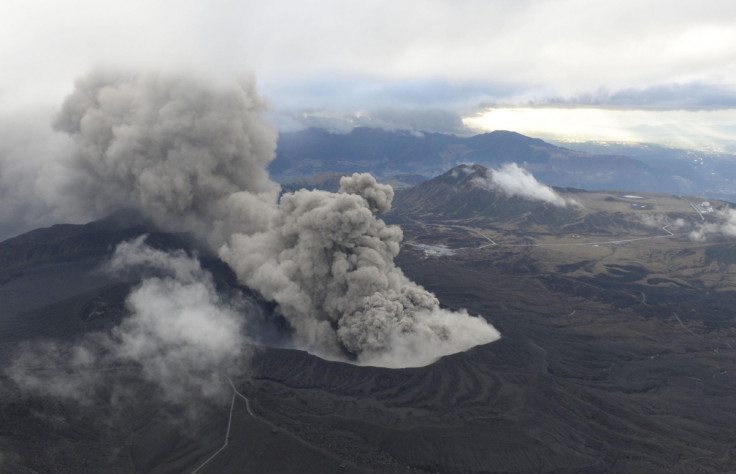Identified: The top 10 most active volcanoes that could kill over 1 million people

Ten of the world's most active volcanos have a realistic chance of erupting over the next 100 years, potentially putting the lives of more than 1 million people at risk. The volcanoes were compiled into a list - with help from the University of Manchester - which aims to show the serious threat they pose to regional and world stability should they erupt.
Explaining the motivation to highlight the dangers posed by these volcanoes from all over the world, University of Manchester professor, Albert Zijlstra said: "There are parts of the world where monitoring of volcanoes is very poor, and many of these poorly watched volcanoes are close to populated areas.
"The last time such a list was made was 25 years ago and that list mainly included volcanoes that are accessible to study in developed countries. Our new list looks all over the world, including in less developed countries. We have created this list to try to highlight the need for better monitoring and preparedness in many areas of the world.
"There hasn't been a major eruption for 200 years, since Tambora in 1815 - 'the year without summer', and there has never been a large eruption in a modern, developed country.
"There is a chance of perhaps one in three that there will be such an eruption this century."
Here are the world's 10 most dangerous volcanos:
1. Iwo Jima, Japan
Beneath the Island of Iwo Jima lies an ever-swelling chamber of magma, causing it to rise by one metre every four years. The University of Manchester notes that "it is only a matter of time before the whole island explodes", which could lead to a catastrophic tsunami that could devastate Southern Japan and coastal China, including Shanghai and Hong Kong.
2. Chiltepe/Apoyeque, Nicaragua
The volcano lies next to the Nicaraguan capital of Managua, which has a population of more than 2 million people. In this particular case, there is a threat of an underwater eruption, which would cause a large lake tsunami in addition to the eruption itself. The volcano spews every 2,000 years with the last one taking place 2,000 years ago.
3. Campei Flegrei, Italy
Situated near Naples, the volcano poses an even greater threat to the city than Vesuvius. Although it erupts less frequently than Vesuvius, Campei Flegrei has the potential for much larger eruptions.
4. Mount Aso, Japan
The 1,592-metre Mount Aso lies on Japan's main southern island of Kyushu and is one of the most active volcanos in the country. The volcano erupted in September 2015, sending thick black smoke 1.2 miles (2 kilometres) into the air.
5. Trans-Mexican Volcanic Belt, Mexico
This belt runs across central Mexico and is home to the country's tallest peaks, including the Pico de Orizaba (5,747 metres) and the Popocatépetl (5,452 metres). The ecoregion poses a significant threat in that it holds some of the most populated states in the country, including its capital, Mexico City.
6. Gunung Agung, Indonesia
Gunung Agung - or Mount Agung - is an active volcano and highest point on the Indonesian island of Bali. Standing 3,412 metres above sea level, it is considered a holy place and a home of the gods.
7. Mount Cameroon (or Mongo ma Ndemi), Cameroon
This towering volcano rises to a height of 4,095 metres and is the highest peak in sub-Saharan western and central Africa. Each year competitors from all over the world gather at Mount Cameroon to race up and down the imposing mountain.
8. Taal, Philippines
Taal is one of the most active and dangerous volcanoes in the Philippines having had some of the deadliest eruptions. At least 6 eruptions since 1572 have claimed fatalities and it presents the danger of tsunamis produced in the crater lake.
9. Mayon, Philippines
The most well known of the active volcanoes in the Philippines, Mayon erupts frequently. In 1814, the volcano's most violent eruption claimed more than 1,200 lives.
10. Gunung Kelud, Indonesia
One of East Java's most active volcanoes, Kelud has a giant crater which contains a lake. An gigantic eruption in 1586 is believed to have killed more than 10,000 people.
© Copyright IBTimes 2025. All rights reserved.





















